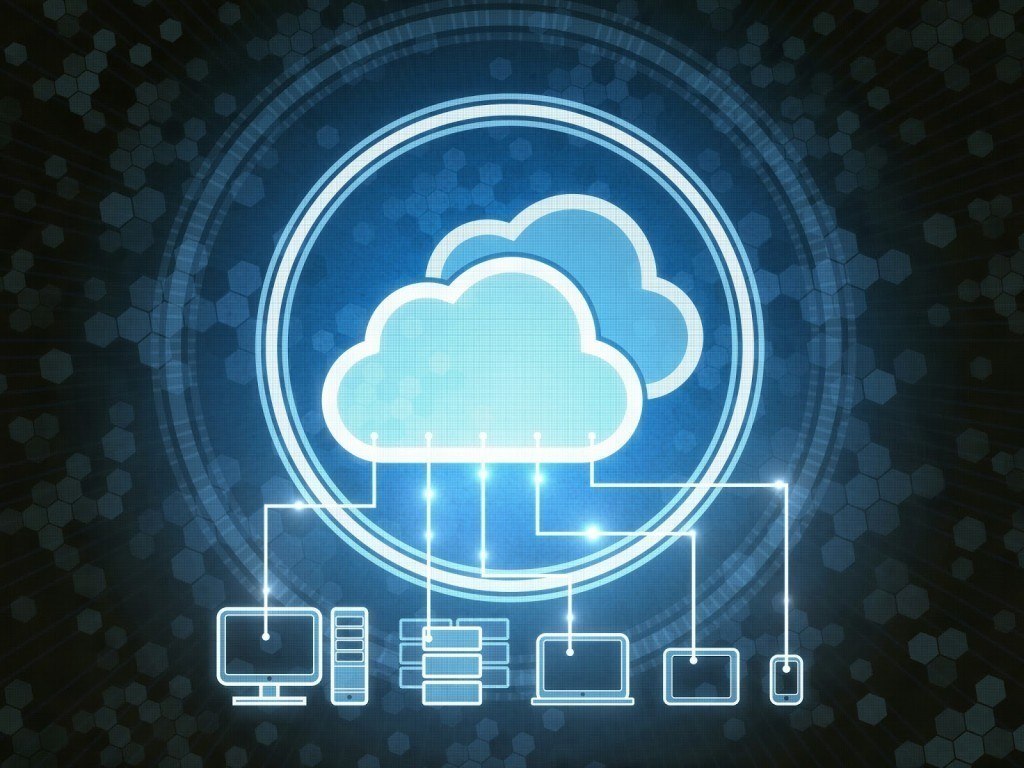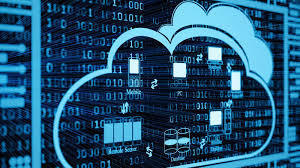B2B SaaS, The Solution For Your Data Management Headache

If you are just beginning to explore the idea of your business needing a SaaS (Software as a Service) provider, you are poised on the edge of quality data management and data driven marketing. In 2015, the SaaS industry continued to grow at an enormous rate. SaaS is currently a multi-billion dollar industry, with a […]
The Simple Definition of SaaS

The Definition of SaaS Software as a Service is a software distribution model in which applications are hosted by a vendor or service provider. These applications are typically available on the Internet. A provider licenses an application to you as a service on demand or at no charge. That is if there is an opportunity […]
What is Software as a Service (SaaS)?

If you’re like most people, you’ve glazed over the SaaS abbreviation many times online, assuming it’s some new high-tech thing no one’s informed you that you need to understand yet for work, so you haven’t made much effort to. However, there’s a good chance you’ve been using SaaS for years in both your personal and […]
Three Things Your Old Office Suite Can’t Do; The Cloud, Office 365, and VoIP

“When I wrote ‘The World Is Flat,’ I said the world is flat. Yeah, we’re all connected. Facebook didn’t exist; Twitter was a sound; the cloud was in the sky; 4G was a parking place; LinkedIn was a prison; applications were what you sent to college; and Skype, for most people, was a typo.” -Thomas […]
The Truth About Cloud Computing

You may have heard plenty of hype surrounding cloud computing, but now it’s time to delve into the truth. A lot of the hype surrounding the cloud has to do with its future possibilities. Some experts are predicting the cloud to be used by virtually every consumer within the next few years. The logic being […]

